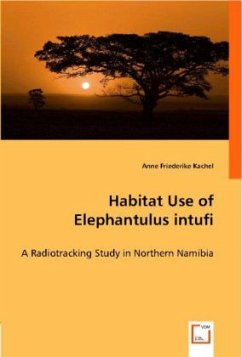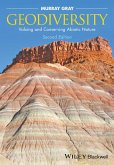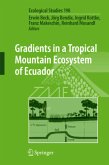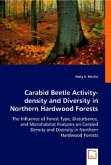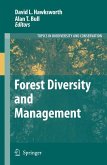Arid ecoregions suffer from increased ungulate herbivory and the effects on biodiversity are the focus of current debate. The progressive desertification of landscapes and disturbance of ecological patterns call for sustainable management strategies. Sensitive bioindicators may allow for the detection of early stages of environmental degradation and the initiation of protection programs. Grazing pressure has been correlated with the diversity and abundance of small mammals, and its influence on their behaviour is assumed to be a new parameter for bioindication. This investigation tests the habitat use of bushveld sengis (Elephantulus intufi) for its bioindicative function on small scale degradation. Research was conducted in 2005 on a game farm in Namibia. Three plots were established in different distances away from a watering place, representing a gradient of grazing intensity. Radiotracking of ten insectivorous bushveld sengis revealed new insight into their habitat use and response to altered environmental conditions. This book focuses on the analysis of home ranges and activity patterns of these animals, as well as correlations to food availability and habitat preferences.

